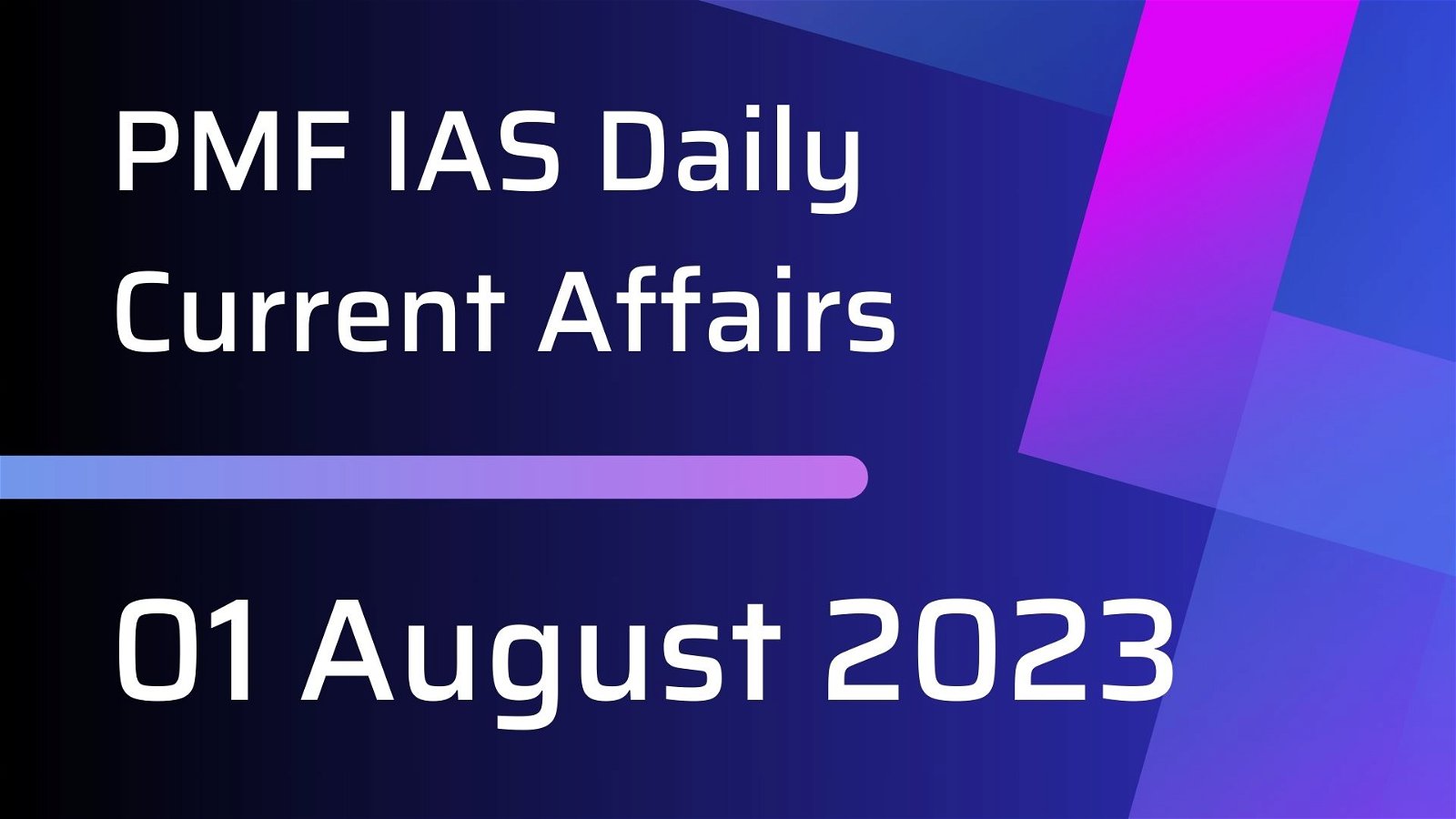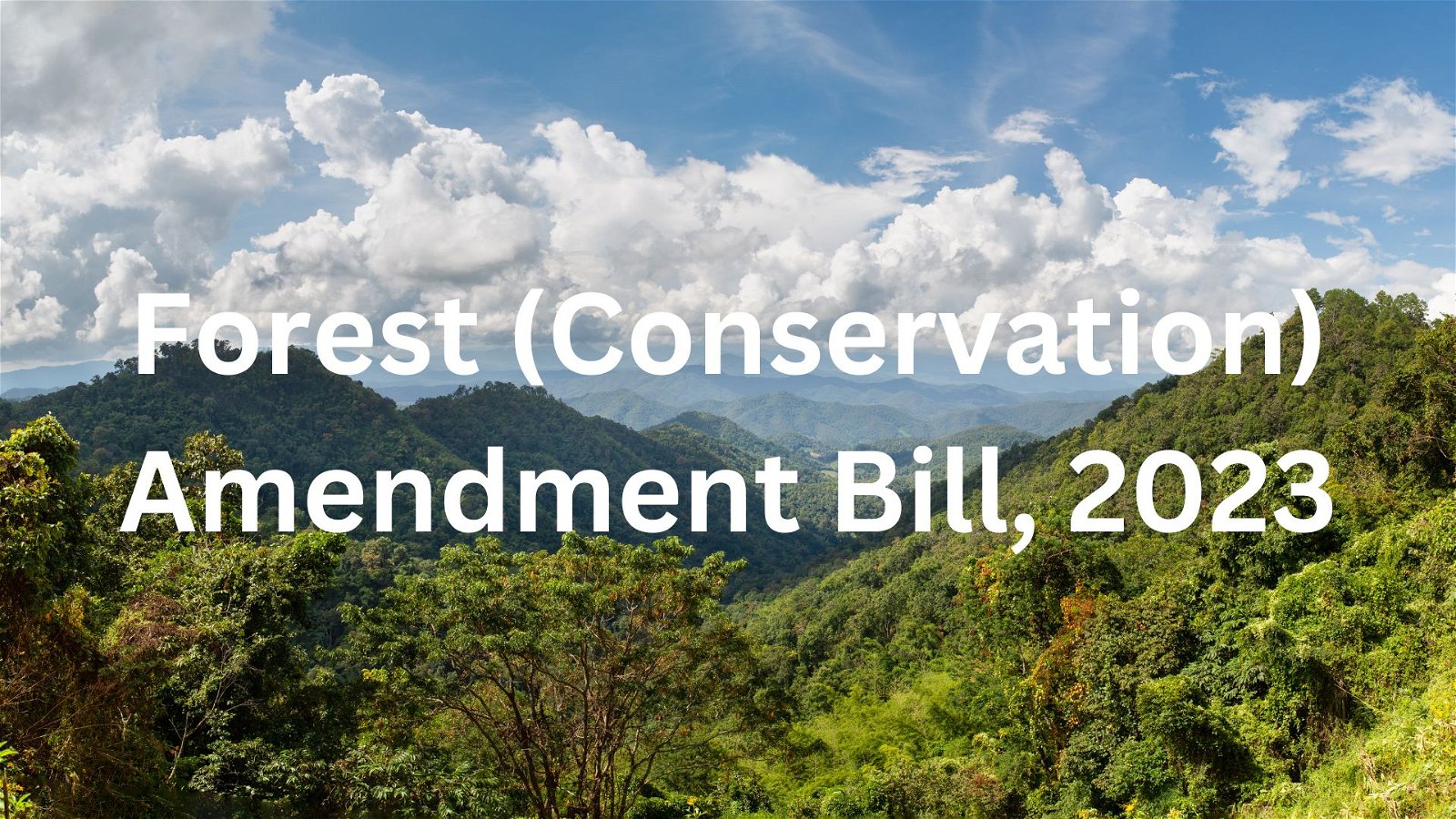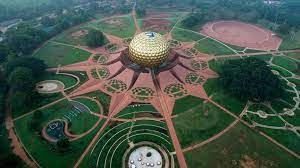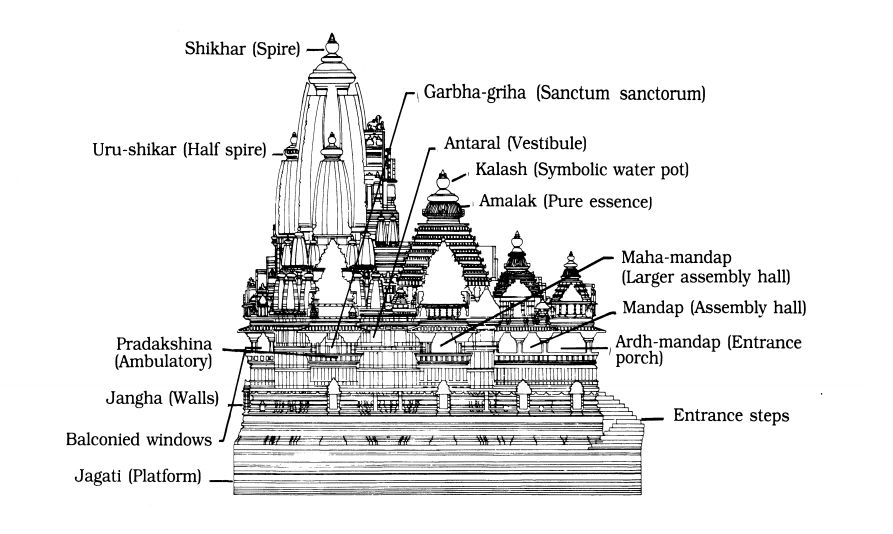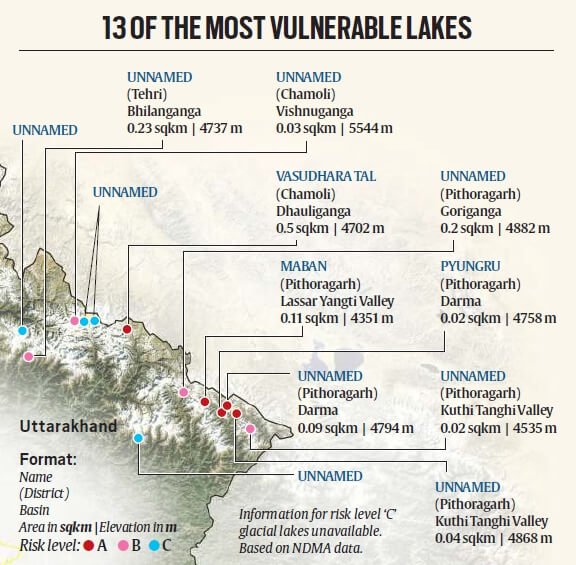
Current Affairs January 17, 2024: Shankaracharyas, Jagannath Temple, Lithium exploration, India International Science Festival, India’s First Dark Sky Park, Thiruvalluvar
Subscribers of "Current Affairs" course can Download Daily Current Affairs in PDF/DOC
Subscribe to Never Miss an Important Update! Assured Discounts on New Products!
Must Join PMF IAS Telegram Channel & PMF IAS History Telegram Channel
{GS1 – A&C – Architecture} Jagannath Temple
- Context (IE): The Odisha government is set to inaugurate the Shree Mandira Parikrama project.
- It is an Rs 800-crore heritage corridor around Jagannath Temple (Puri, Odisha) to improve infrastructure for devotees visiting the renowned temple.
Jagannath Temple
- Dedicated to Lord Jagannath, a form of Lord Krishna.
- The main deities are Lord Jagannath, his brother Balabhadra, and his sister Subhadra.
- One of the Char Dham pilgrimage sites (Badrinath, Dwaraka, Puri, Rameswaram) for Hindus.
- Known for its Kalinga architecture.
- The temple is believed to have been constructed by King Anantavarman Chodaganga (Eastern Ganga Dynasty) in the 12th century.
- A unique ritual of changing the wooden forms of the deities is known as Nabakalebara. Takes place at intervals of 8, 12, or 19 years.
- Annual Rath Yatra (chariot festival) is a major event where these deities are taken in grand processions.
- Non-Hindus are not allowed inside the temple premises.
- Consecration (Special ceremonies to sanctify an object) of the temple is a significant event with elaborate rituals.
Kalingan Temple Architecture
|
{GS1 – A&C – Personalities} Shankaracharyas
- Context (IE): The four Shankaracharyas have said they will not attend the inauguration of the Ram temple in Ayodhya on January 22.
Who are the Shankaracharyas?
- Shankaracharya means ‘teacher of the way of Shankara’.
- It is a religious title used by the heads of the four cardinal mathas or peeths.
- The Shankaracharya heads the four Hindu maths (monasteries) — in Dwarka (Gujarat), Joshimath (Uttarakhand), Puri (Odisha), and Sringeri (Karnataka).
- These Maths were founded by the eighth-century religious scholar and philosopher Adi Shankara (c 788 CE-820 CE).
- These mathas comprise religious shrines, temples, libraries, and residences.
- The existence of these mathas before the 14th century CE is disputed, with evidence suggesting retrospective establishment to legitimise these centres of learning.
- The Vijayanagara kingdom began to patronise the Sringeri matha in the 14th Century.
Adi Shankaracharya
- He is Known as Adi Shankara, born 11th May 788 AD, at Kaladi (poised to be declared a national monument) near Kochi, Kerala.
- He took Samadhi at the age of 33 at Kedar Tirth.
- He was a devotee of Shiva.
- He was the disciple of Govindacharya.
- He propounded the Doctrine of Advaita (Monism) and wrote many commentaries on the Vedic canon (Upanishads, Brahma Sutras and Bhagavad Gita) in Sanskrit.
- He was opposed to Buddhist philosophers.
- The followers of Shankaracharya are called as Smratas.
- He was one of the mystic Bhakti poet-saint leaders who gave Hinduism a new direction.
- He emphasised that devotion to the supreme Brahman is an effective means to realise the truth beyond duality.
- He advanced the concept of Nirgunabrahman (god without attributes).
- He emphasised knowledge (Gyan) as the only way to salvation.
- He emphasised that ritualistic actions are secondary and do not lead to liberation.
- He sought to integrate Gyan and bhakti as complementary means to attain the ultimate truth.

Major Works of Shankaracharya
- Brahmasutrabhasya (Bhashya or commentary on the Brahma Sutra).
- Bhajagovinda Stotra.
- Nirvana Shatakam.
- Prakaran Granths.
Disciples of Adi Shankaracharya
- Shankaracharya’s four closest disciples played pivotal roles in propagating his teachings:
- Padmapada: Known for his deep devotion and poetry.
- Totakacharya: He devoted himself to Shankaracharya’s mission and was revered for his poetry “Totakashtakam.”
- Hasta Malaka: A child prodigy astounded Shankaracharya with his understanding of Advaita philosophy.
- Sureshwara: Initially a householder, he became a disciple after losing a philosophical debate to Shankaracharya
Teachings and Philosophy
Advaita Vedanta
- Adi Shankaracharya’s most significant contribution is his propagation of Advaita Vedanta.
- This philosophy asserts the ultimate non-dual nature of reality, i.e., the Individual soul (Atman) is identical to the supreme reality (Brahman).
- Adi Shankaracharya believed that the individual and supreme souls are like waves and the ocean.
- The waves appear different from the ocean but comprise the same water substance.
- According to it, the Upanishads reveal a fundamental principle of nonduality termed ‘brahman’, which is the reality of everything.
- It seeks to establish that the essential core of oneself (atman) is brahman.
- The fundamental thrust of Advaita Vedanta is that the atman is pure non-intentional consciousness.
Maya
- Adi Shankara emphasised the concept of Maya, which is the illusion that the material world is separate from Brahman.
- He argued that realising the illusory nature of the world and recognising one’s true identity as Atman is the key to spiritual liberation (moksha).
The doctrine of Neti-Neti
- Shankara’s philosophy employs the “neti-neti” (not this, not that) approach, where one negates all attributes and limitations to realise Brahman’s attributeless and limitless nature.
- Neti-Neti meditation is a form of self-inquiry in which the practitioner searches for the location of the self.
- With its aid, the Gyani negates identification with all things of this world, not the Atman.
- The doctrine of Neti-neti also finds significance in Buddhism.
Statues of Adi Shankara
- 108 feet high ‘Statue of Oneness’ of Adi Shankaracharya was unveiled on Mandhata mountain at Omkareshwar in Khandwa district, M.P.
Significance of Mandhata
|
- Indian PM has also unveiled a 12-foot statue of Adi Shankaracharya at Kedarnath, UK, in 2021.
{GS1 – Geo – EG – Mineral Resources} Lithium exploration in Argentina by India
- Context (TH): India has announced the exploration and development of five lithium blocks in Argentina.
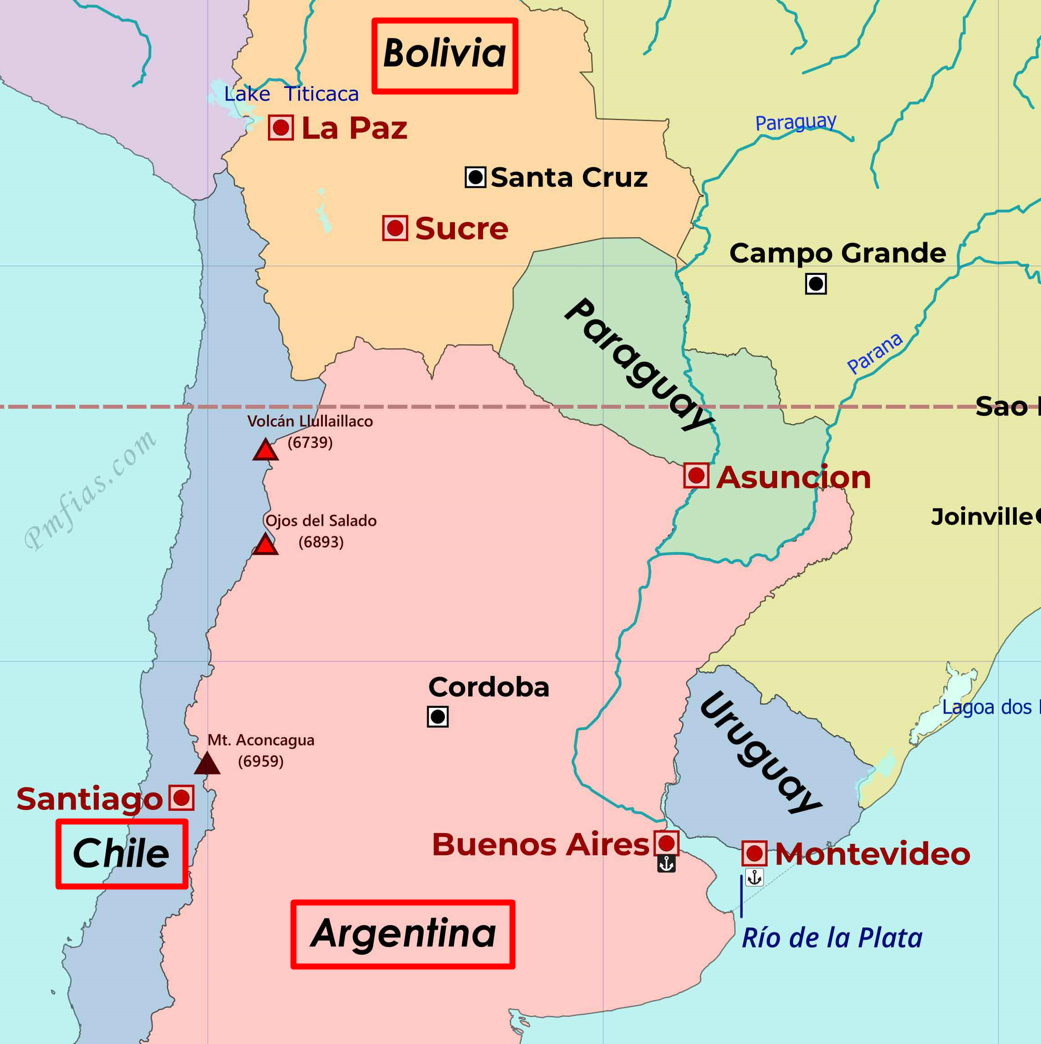
- Argentina is part of the ‘lithium triangle’ along with Chile and Bolivia, with more than half of the world’s total lithium resources.
- The Agreement was signed by Khanij Bidesh India Ltd (KABIL) and Argentinian state-owned CAMYEN.
- KABIL has received exploration and exclusivity rights for five blocks to exploration and exploitation rights for commercial production.
|
{GS3 – Envi – CC} Warmer Winter in Ladakh and Kashmir
- The Kashmir Valley and tourist places like Gulmarg have experienced a dry spell this winter.
- The second coldest place in the world, Drass (with temperature dipping below -50 °C), is in Ladakh.
Chadar trek
- The Chadar trek is an adventurous sport held only when temperatures drop between -30 and -35 °C.
- It is carried out on the frozen Zanskar River, a north-flowing Indus River tributary.

Reasons behind Warmer Winters
- Decline in Western disturbance events: Ladakh has had no precipitation in December or January.
- El Nino has affected the global atmospheric circulation, leading to deficit precipitation and snowfall.
- Climate change seems to cause a rise in temperatures with more in elevation areas than plains. Ladakh has seen four to eight degrees of temperature deviation from the typical weather pattern.
Western disturbance
|
Repercussions
- Long-term implications may include the generation of less hydroelectricity, an increase in the rate of glacier melting and an adverse impact on the drinking water.
- Short-term implications may include forest fires, agricultural drought, a drop in crop production such as Apple and Saffron and a decline in the tourism industry revenue.
{GS3 – Envi – Conservation} Sustainable Aviation Fuel (SAF)
- Context (ET): GoI has set an indicative target of 1% for blending Sustainable Aviation Fuel (SAF) with conventional jet fuel for all international flights by 2027.
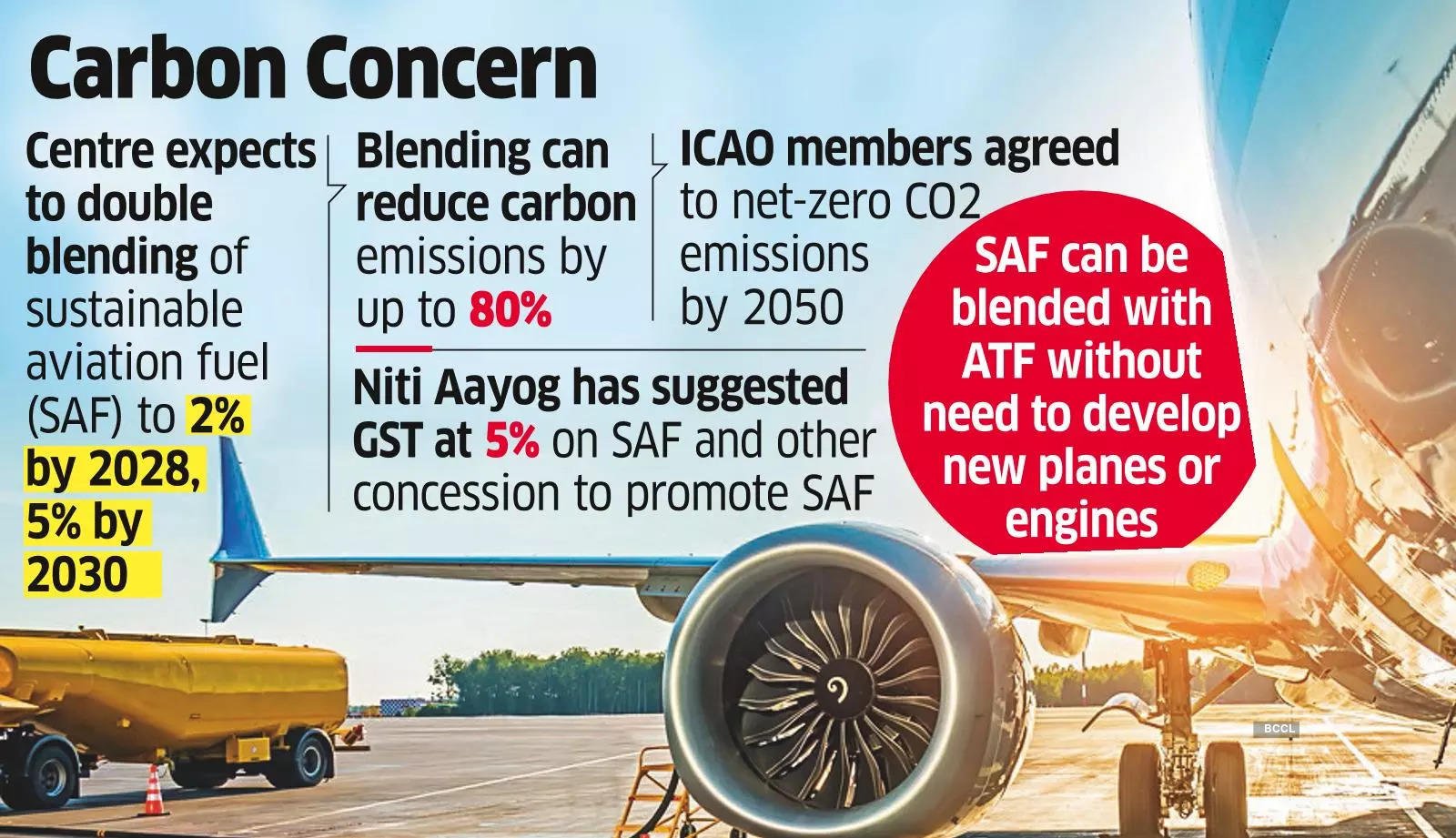
- Also known as Bio-Jet Fuel, Sustainable Aviation Fuel is a carbon-reduction solution that is available for use in aircraft and helicopters.
- It is a “drop-in” fuel that can be blended up to 50% with traditional jet fuel.
- Unlike traditional fuels, it is produced from renewable sources such as agricultural waste, municipal solid waste, and agroforestry residues.
- It can also be produced artificially using a method that collects carbon out of the air.
- Its chemical and physical properties are similar to conventional jet fuel.
Benefits of SAF
- It has the potential to reduce GHG emissions by up to 80% compared to conventional jet fuel.
- It is a ‘sustainable’ fuel because the raw feedstock has negligible impact on the forest nor does it compete with food or water crops.
- In contrast to fossil fuels, which release carbon that was previously locked up, SAF recycles the CO2 that has been absorbed throughout the course of the life of the biomass utilized as the feedstock.
- It can be used in existing aircraft engines without modifications and can be blended with conventional jet fuel, making it relatively easy to integrate into existing aviation infrastructure.
Challenges associated
- Four times more expensive than traditional fossil jet fuel.
- Scarcity of waste based feedstock.
- Lower energy density than traditional jet fuel.
Other Efforts toward SAF
- CORSIA (Carbon Offsetting and Reduction Scheme for International Aviation) Programme: It is the 1st global market-based measure for international aviation to offset CO2 emissions.
- Sustainable Skies Act of USA: It aims at expanding SAF production facilities through grants.
{GS3 – Envi – Issues} Ken-Betwa River Interlinking Project
- Context (TH): The Ken-Betwa project has not received the final environmental nod.

About the Project
- It was the first project under the National Perspective Plan to interlink rivers.
- It will transfer water from the Ken River (Madhya Pradesh) to the Betwa River (Uttar Pradesh).
- It will have Phase I (Daudhan dam) & Phase II ( Lower Orr dam, Bina complex and Kotha barrage).
- It will generate hydroelectricity along with water supply.
- Significant areas of the Panna tiger reserve (Ken River passes through it) of Madhya Pradesh will be impacted by the project.
|
Recent Issue
- Lower Orr Dam was objected to by the Expert Appraisal Committee (EAC), which said that the state had not taken formal clearance from the Environment Ministry for the project.
- EAC also suggested action against the project proponent- “National Water Development Agency (NWDA), a Jal Shakti Ministry body”.
- The Supreme Court recently put all Ministry orders on hold as part of the NGO Vanshakti case on post-facto environmental clearances.
{GS3 – Envi – Laws} Standardised Development and Building Regulations, 2023
- Context (PIB I ETR): The Bureau of Indian Standards (BIS) has issued ‘Standardised Development and Building Regulations, 2023′.
- SDBR are aligned with the National Building Code of India 2016 (NBC 2016) and draws inspiration from global best practices.
- These regulations will act as model-building regulations for the states and UTs.
- States can revise their regulations as per the model regulation.
- The building regulations vary from one state to another. However, there are some regulations which are standard across the country.
- The model regulation simplifies those regulations for uniform adoption.
- These regulations give a comprehensive framework to ensure safety, accessibility, and sustainability in construction.
- Model building regulation will benefit all stakeholders, especially tier II and III cities facing a shortage of architects and building professionals.
- The model regulation also covers new-age concepts such as
- EV charging stations,
- Wind electricity generators,
- Transferable development rights,
- Transit-oriented development,
- High-security areas, and
- Retirement homes.
Bureau of Indian Standards (BIS)
- BIS initially came into existence by enactment of the act in 1986.
- A new act (to replace the BIS Act of 1986) was introduced in the Lok Sabha in 2015; The new act came into force in 2017.
- BIS Act 2016 establishes the Bureau of Indian Standards (BIS) as India’s national standards body.
- BIS is a statutory body.
- It is regulated under the Ministry of Consumer Affairs, Food & Public Distribution.
- BIS has been providing traceability and tangibility benefits to the national economy in several ways:
- Providing safe, reliable, quality goods.
- Minimizing health hazards to consumers.
- Promoting exports and imports substitutes.
- Control the proliferation of varieties through standardisation, certification and testing.
Features of BIS Act, 2016
- The Act allows multiple types of simplified conformity assessment schemes, including self-declaration of conformity.
- The Act enables the GoI to appoint any authority/agency, besides the BIS, to verify the conformity of products and services with the established standard and issue a certificate of conformity.
- The Act provides enabling provisions for mandating the hallmarking of precious metal articles.
- There is a provision for repair or recall of the products (bearing Standard Mark) that do not conform to the relevant Indian Standard.
- The Act allows the GoI to make it compulsory for certain notified goods, processes, articles, etc., to carry the standard mark
- In the public interest,
- The safety of the environment and national security, or
- To prevent unfair trade practices.
- The Act has identified new areas for standardisation. These include:
- Medical devices
- Alternate fuels
- Smart cities
- E-mobility
- New and renewable energy
- Digital technologies (Artificial Intelligence, Industry 4.0, Blockchain, etc.)
- The Act also prescribes penalties for the following points:
- The improper use of the standard mark by testing and marking centres.
- Manufacturing or selling goods & articles that do not carry a standard mark and have been mandated to do so, etc.
National Building Code of India (NBC)
- It is a national instrument providing guidelines for regulating building construction activities.
- It serves as a Model Code for adoption by all agencies involved in building construction work, whether Public Works Departments, local bodies, or private construction agencies.
- The BIS publishes the National Building Code of India, a recommendatory document.
- It was 1st published in 1970 at the instance of the Planning Commission and then first revised in 1983.
- The second revision of the Code was in 2005, and two amendments were issued in 2015.
- Under the Code, all existing & new buildings are classified by nature of use, such as residential, educational, assembly (like cinemas, auditoria), business, mercantile, industrial, storage and hazardous.
{Prelims – Events} India International Science Festival (IISF) 2023
- Context (PIB): The Department of Science and Technology (DST), Govt. of India, is organising the 9th edition of IISF, which started in 2015.
- Coordination and implementation body: National Innovation Foundation-India
- Host: Regional Centre for Biotechnology (RCB) – Faridabad (Haryana)
- Theme of IISF 2023: “Science and Technology Public Outreach in Amrit Kaal”
- Participants: 22 countries, including Armenia, Cambodia, Germany, Namibia, the UK, and the USA.
- It aims to celebrate India’s scientific achievements and inculcate scientific temper.
{Prelims – PIN India} India’s First Dark Sky Park
- Context (LM): Pench Tiger Reserve (PTR) in Maharashtra has been marked as India’s first Dark Sky Park and the fifth such park in Asia for protecting the night sky and preventing light pollution.
- A dark-sky park is an area that restricts artificial light pollution.
- The purpose of dark sky parks is to promote astronomy and ensure that data collected at the observatory is not affected by artificial light.
Pench Tiger Reserve
- Pench tiger reserve is spread between the states of MP and Maharashtra.
- While the larger tracts of the national park are in the Seoni and Chhindwara districts of Madhya Pradesh, the rest are across the border in the Nagpur district of Maharashtra.
- Nesting in the southern slopes of the Satpura range of Central India, Pench Tiger Reserve comprises of the Indira Priyadarshini Pench National Park, the Pench Mowgli Sanctuary and a buffer.
- Pench National Park was established as a sanctuary in 1977, but in 1983, it was given the status of a National Park. Later in the year 1992, it was recognized as Pench Tiger Reserve.
- It derives its name from its lifeline – the River Pench which flows from North to South, splitting the Park into equal eastern and western halves.
- Fauna: Wild guars, tigers, leopards, monkeys and deer, dhol (Indian Wild Dog), hyena, wolf, jackal, jungle cat, etc.
- Flora: Mahua, Tendu, Saj, Chironji, Ber, Palash, Indian Gum tree, evergreen trees like Arjuna and Jamun, Bamboo trees, and various shrubs and grasses.
- Ain-i-Akbari, a 16th century document that recorded the administrative and other aspects of the Mughal Empire mentions the location, diverse flora, and fauna of the forest.
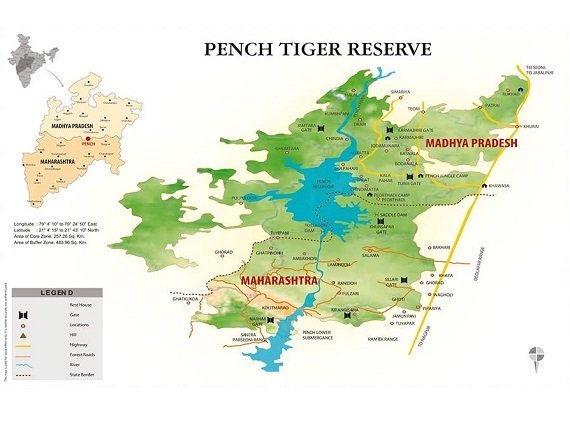
{Prelims – PIN} Keeladi excavation
- Context (IE): Keeladi excavation is frequently discussed in Tamil-Aryan culture debates.
- Location: Sivaganga district in south Tamil Nadu near Madurai.
- Vaigai River flows near it.
Findings of Keeladi Excavation
- Excavation indicated the existence of urban civilisation in Sangam-age Tamil Nadu.
- Presence of a pottery-making industry with pot sheds having Brahmi inscriptions.
- The weaving industry (Spindle whorls, copper needles, hanging stones of the yarn), dyeing industry, and glass industry are believed to exist.
- Gold ornaments, copper articles, semi-precious stones, and bangles were also found.
- No evidence of religious observance is found.
{Prelims – PIN} Thiruvalluvar
- Context (IE): PM extended his wishes on Thiruvalluvar Day.
- It was first celebrated on May 17 and 18, 1935, now regularly celebrated around 14-16 January after the Pongal celebration as “Mattu Pongal”.
- Valluvar year, or the Thiruvalluvar year, is an officially recognised Tamil calendar system.
About Thiruvallavur
- Thiruvalluvar was an ancient saint, poet, and philosopher by Tamilians, irrespective of their religion.
- Details of his birth, religion and early life are not conclusive. Several scholars had concluded that, most likely, he was a Jain, neither a Hindu nor a Dravidian.
- Tamils fondly refer to him as “Valluvar“.
- He discarded the birth-based caste system.
- He gave “five jewels” required for a country: No illness, wealth, good crops, happiness, safety and security.
|





![PMF IAS Environment for UPSC 2022-23 [paperback] PMF IAS [Nov 30, 2021]…](https://pmfias.b-cdn.net/wp-content/uploads/2024/04/pmfiasenvironmentforupsc2022-23paperbackpmfiasnov302021.jpg)



